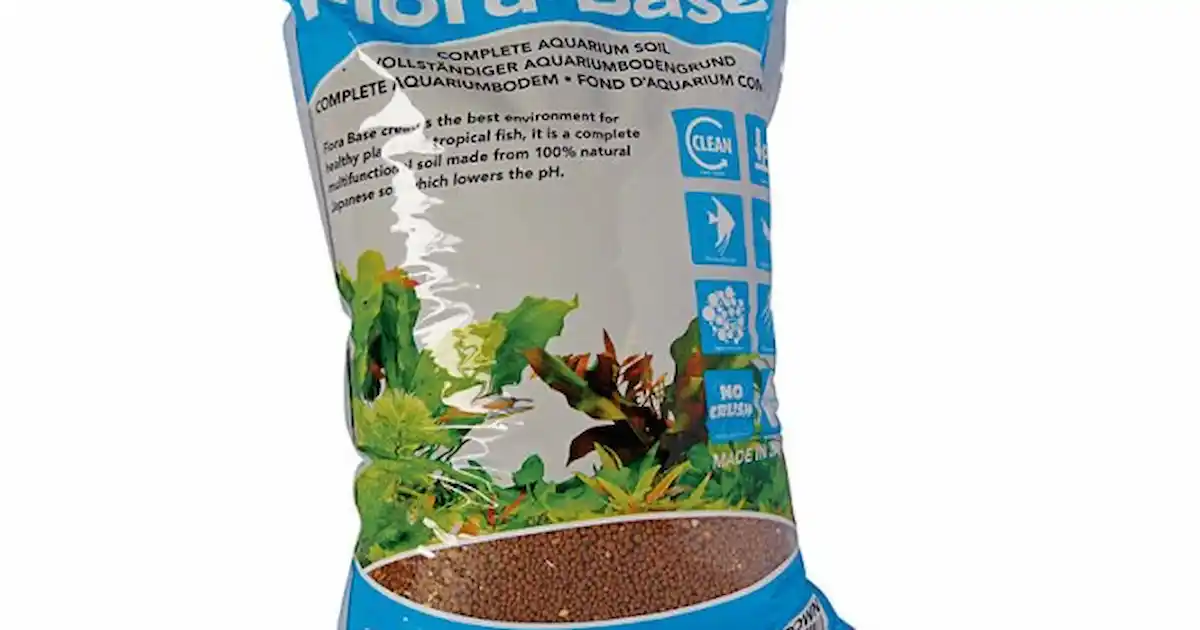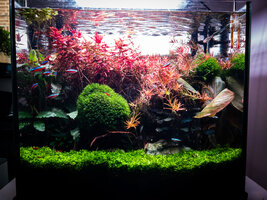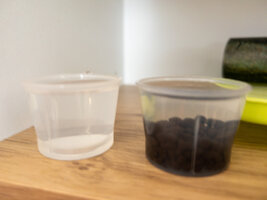Vsevolod Stakhov
Member
Hello, I have some weird issues with my water in my softwater planted tank with Colombo soil. I always add around 75-80% of the rainwater and mix it with tap water (hard 110ppm Ca, 12dKH). TDS of my rain water was around 5-7ppm and TDS of the RO water is around 15ppm. TDS in the tank is around 168ppm.
After changing the basis water from rain to RO, I observed that all my crystal shrimps have died. Cherry shrimps are also not very happy from what I see. I have measured water parameters and they are quite confusing. PH with CO2 is 6.8 but when I remove extra CO2 by shaking it raises up to 7.6, with dKH=2-3. In another planted tank that has exactly the same dKH I have PH with CO2 equal to 6 and PH without CO2 equal to 6.8 (which is totally reasonable). I'm trying to understand why do I have such a high PH now, as with rain water it was not higher than 6.
One hypothesis is that the lower PH in the large planted tank is caused by phosphates buffer, as that tank has ~2ppm of PO4 according to the API test kit. Smaller tank has 0.25ppm of PO4 (that could be explained by aquasoil).
I see no visible issues with fish and plants (R. macrandra, fissidens, monte carlo etc), but I cannot understand why I have that PH rise and what has happened with my shrimps. Any ideas are much appreciated - I can provide more information if needed.
After changing the basis water from rain to RO, I observed that all my crystal shrimps have died. Cherry shrimps are also not very happy from what I see. I have measured water parameters and they are quite confusing. PH with CO2 is 6.8 but when I remove extra CO2 by shaking it raises up to 7.6, with dKH=2-3. In another planted tank that has exactly the same dKH I have PH with CO2 equal to 6 and PH without CO2 equal to 6.8 (which is totally reasonable). I'm trying to understand why do I have such a high PH now, as with rain water it was not higher than 6.
One hypothesis is that the lower PH in the large planted tank is caused by phosphates buffer, as that tank has ~2ppm of PO4 according to the API test kit. Smaller tank has 0.25ppm of PO4 (that could be explained by aquasoil).
I see no visible issues with fish and plants (R. macrandra, fissidens, monte carlo etc), but I cannot understand why I have that PH rise and what has happened with my shrimps. Any ideas are much appreciated - I can provide more information if needed.




